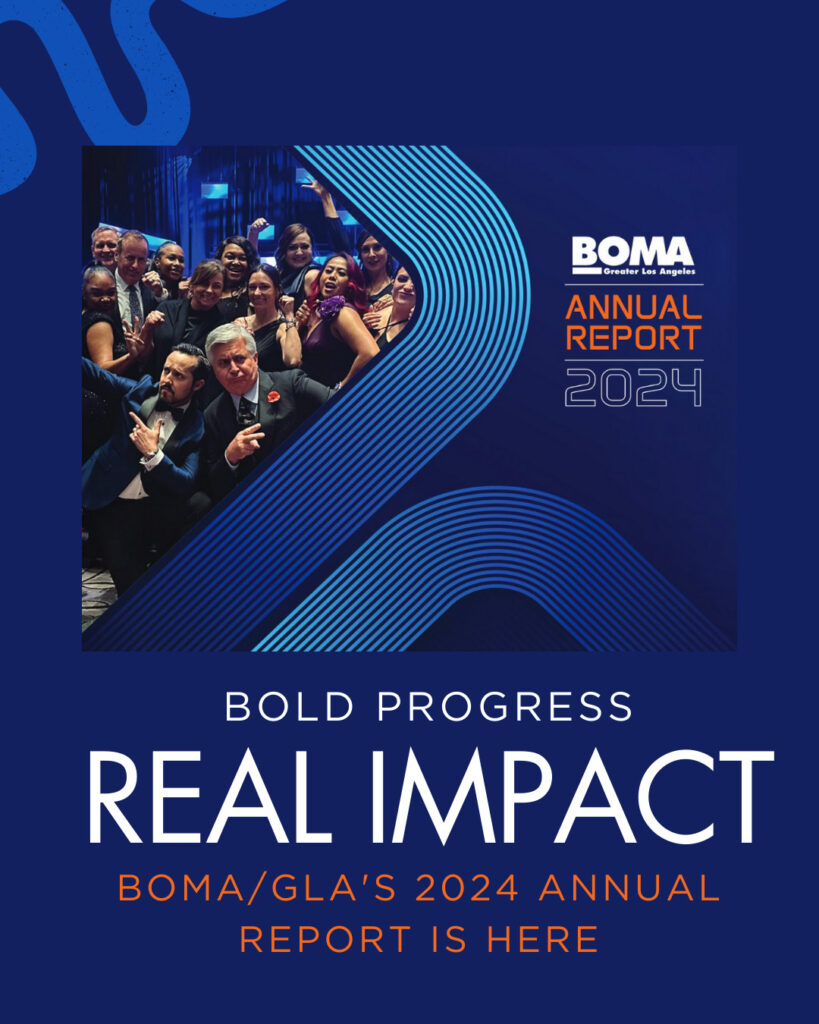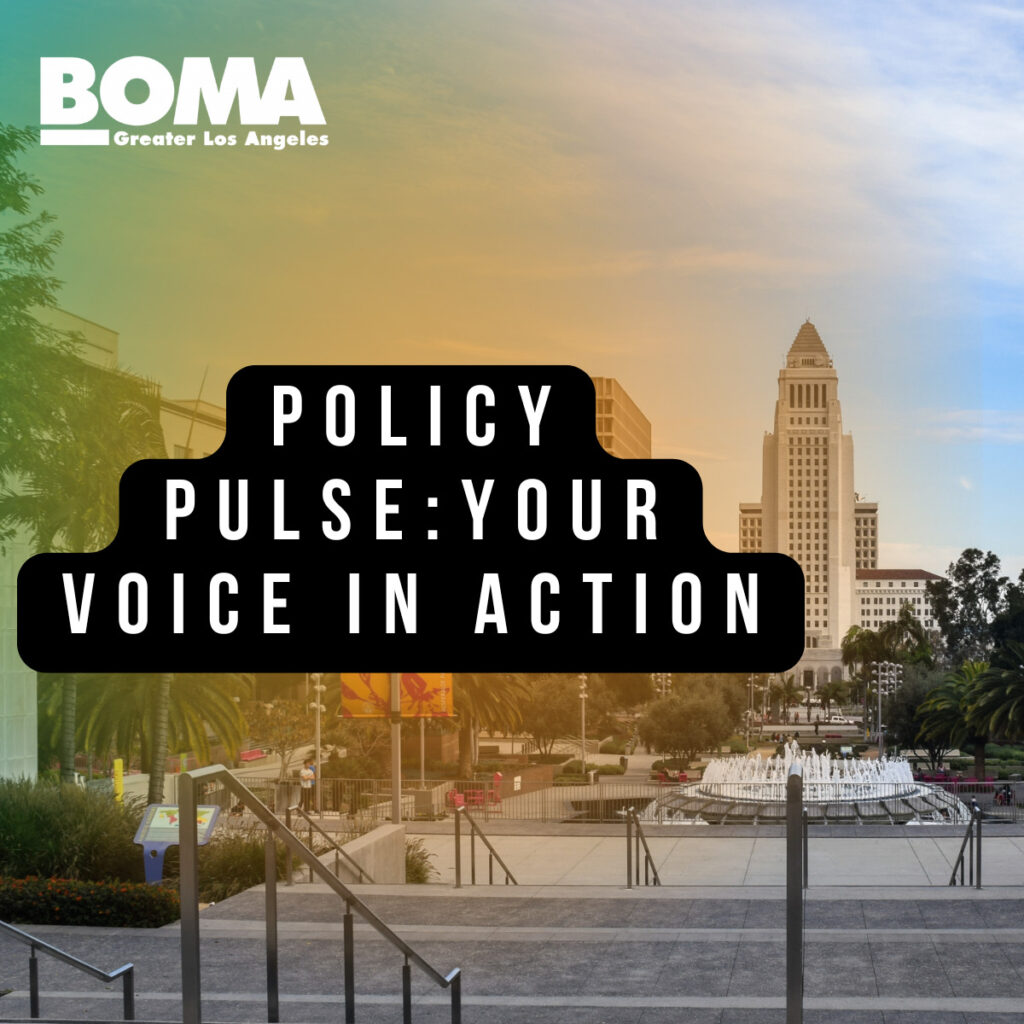Proposition 36’s Early Results Show Gaps in ‘Mass Treatment’ Promise

It’s been almost a year since voters approved Proposition 36, which aimed to combine tougher drug laws with better access to treatment. But new state data shows that few people are getting the help promised, and the program’s rollout varies widely across counties.
What You Need to Know
A new Judicial Council report shows that from December 2024 to April 2025, about 9,000 people were charged under Prop. 36's “treatment-mandated felony” framework. Only 15% (1,290) chose treatment instead of jail, and just 25 completed a program.
The numbers reflect deep disparities across the state. Orange County filed the highest number of Prop. 36-related cases (2,395), while other counties filed only a handful.
In Los Angeles County, only 331 cases were filed under the law and only 40 defendants chose treatment. Many cases have yet to move through the courts due to limited treatment availability and program delays.
Experts say the main problem is lack of treatment capacity. Prop. 36 didn’t include dedicated funding, so counties are struggling to provide programs.
Lawmakers asked for $600 million a year, but only a one-time $100 million was approved, and $127 million from Proposition 47 came later.
How It Impacts You
For commercial real estate professionals, Prop. 36’s uneven rollout shows how public safety, homelessness, and behavioral health can directly impact property management and business areas.
If treatment stays limited, people with substance use disorders may keep cycling through jail and street crises, affecting building security and tenant safety.
Effective treatment can reduce loitering, improve safety, and stabilize commercial areas.
Keep following BOMA on the Frontline for updates on Prop. 36, including funding news that could expand access to treatment.
We welcome you to join our Security and Emergency Preparedness Committee, where issues like this are discussed.


